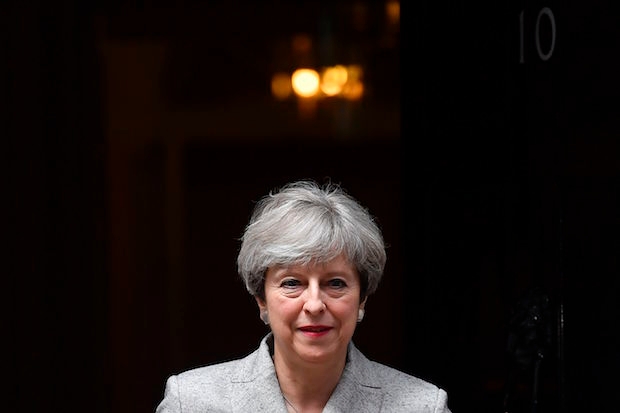As Isabel reports, after a week of briefing and backstabbing among the Cabinet, there is a growing feeling from Conservatives that Theresa May needs to stamp what little authority she has left on her party. In this vein, May is expected to tell ministers to keep a lid on it at tomorrow’s Cabinet meeting. But should that fail, the 1922 committee executive has written to May saying that backbenchers will support her if she needs to sack feuding ministers by way of example – in order to get things back on track.
But even if May were to decide this was the best route forward, it’s a plan that could prove too risky to execute. In the immediate reshuffle after the disastrous election result, May was too weak to fire any of the people she had planned to had she an increased majority. So, who can the Prime Minister actually sack?
To trigger a vote of confidence, just forty-eight Conservative MPs (15pc of the party) need to write to the 1922 chairman backing a no confidence vote in Theresa May. While the majority of the party want her to stay for now, it’s entirely possible that a rejected ex-minister hell bent on revenge could rouse support from this number. It follows that May would need to pick very carefully who to fire in order to not also put herself out of a job.
Putting aside who exactly is behind the multiple leaks and briefings (and all the evidence suggests they are coming from both Remain and Leave ministers), axing a prominent Leave minister – such as Andrea Leadsom or Liam Fox – would risk a backlash on the right of the party. MPs keen for a ‘hard Brexit’ would get the strong sniff of conspiracy and wonder whether they ought to act before May – and Hammond – had a chance to water down the government’s Brexit plans.
Likewise, to sack a prominent Remain-er like Philip Hammond could prove even more risky. It would be taken as a sign that the Chancellor was being punished for his soft Brexit stance and many MPs in the Cameron camp could seize the opportunity to act before the Cabinet became unified in its plans for a clean Brexit.
There are also personal dynamics to consider. The return of Michael Gove to Cabinet after the election was seen as an olive branch – a sign that the party was coming together. It follows that if he were axed, angry Cameroons would wonder whether May really was changing her approach as promised.
The fact that the 1922 committee have effectively told May they would support her if she took this course of action suggests that they don’t believe a sizeable rebellion is imminent in the event of a few sackings. However, given how fraught tensions are within the party, it’s a risk May is unlikely to wish to take. Ultimately the ministers behind the leaks have their own agenda for putting the information out there – an agenda that isn’t as simple as ‘help the Conservatives win the next election whatever happens’. It follows that a beleaguered Prime Minister won’t want to risk letting them out of government where they can freely set out on a path of vengeance.







Comments